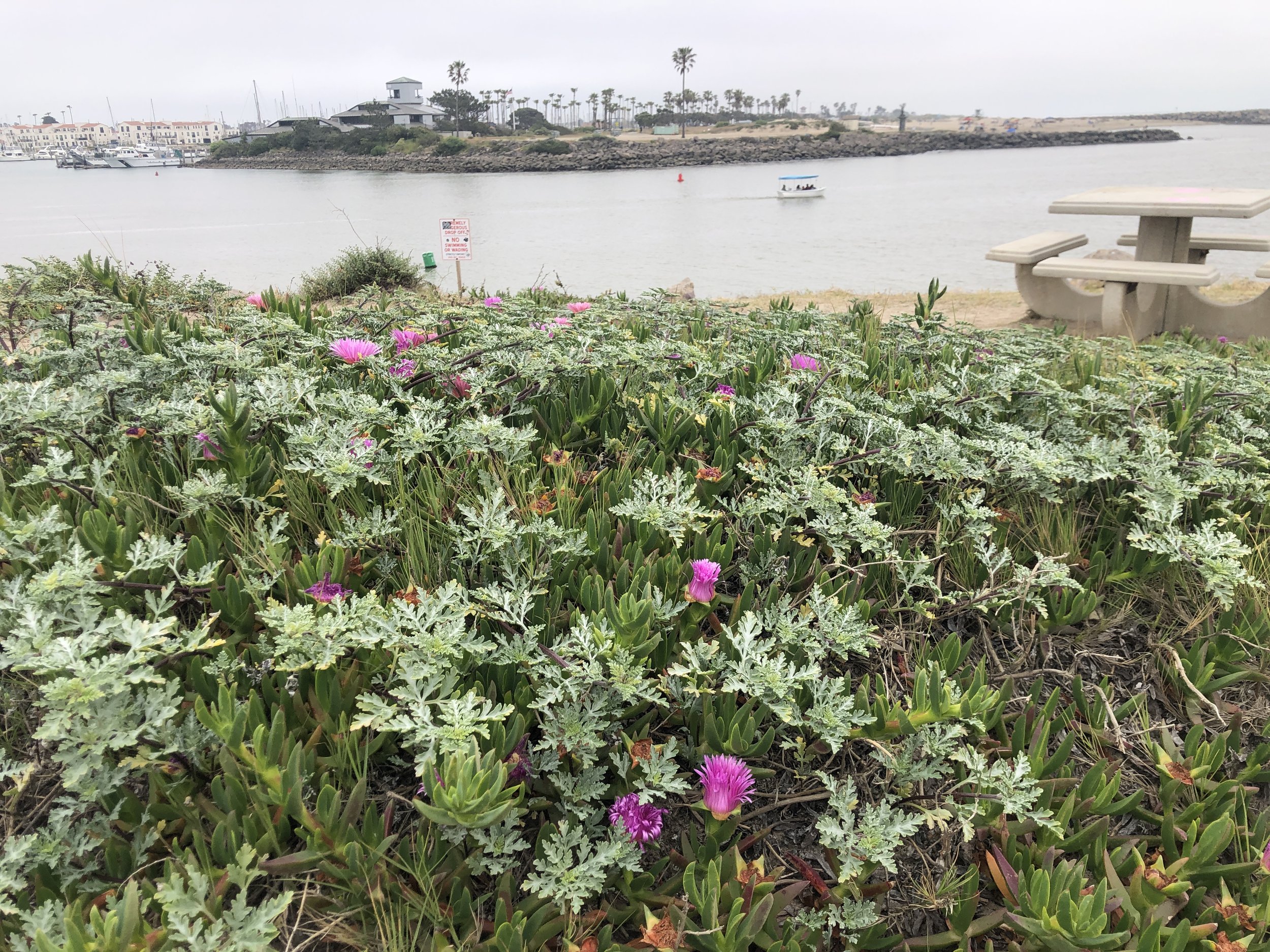For 10 years, I’ve chosen to do something special on May 13th. Something to remember Gary. I always want something to look forward to on the anniversary of the day I had to say goodbye to him, in this life. Whether something big, like a trip to the Central Coast, or something small, like picking out and planting a hydrangea, or something in-between like a piece of carrot cake at the Cheesecake Factory, I try to choose something that reminds me of him. Something he enjoyed. For 10 years, the anniversary of his parting, has not been a somber, dreary occasion, but a sweet day with lots to be thankful for.
Though it started out the same, today was different. I approached this anniversary with the same kind of planning. What would be a nice way to celebrate Gary? What fits into my budget this year? What would be special, and yet practical? So I randomly ran through some options, none of which seemed like a good idea. I dug deeper trying to get those creative juices flowing, but to no avail. Here’s a quick glimpse of what I would have LIKED to do but couldn’t or shouldn’t:
The main thing I wanted to do today was to buy a 2nd Parlor Palm to plant in my front planter. The 1st one has been there for 15 years, since we brought it from our old house. Palm trees always remind me of Gary’s extensive collection. (BUT NOPE… in my entire valley I haven’t been able to find one that’s big enough or if so, affordable enough!)
Maybe a 2nd Hibiscus to plant in a clay pot. This was a bit of an afterthought, since I’d already left the nursery, but same story…the 1st one came from our old home 15 years ago and is happy on my back patio. (BUT NOPE…I’m really tired today and really didn’t have the energy for planting mode.)
Gary loved Cinnabons! Maybe since I was close to the Cinnabon store I could buy one, find a cup of Sumatra coffee (his favorite) somewhere and have myself a treat in Gary’s honor! (BUT NOPE…Too many sugary treats for me lately so I ejected that idea too.)
How about a drive to Ventura to walk around the harbor? We used to enjoy that together. (BUT NOPE…There wasn’t time, because I needed to pick my car up from the shop, in the middle of the day.)
Maybe a walk around Descanso Gardens. I love that place and so did Gary, even in his cognitive decline. (BUT NOPE…Since we went there the most after Gary got sick I don’t really remember him being there when in his “brighter days.”) BTW, I’m not saying there’s no place for remembering the “sick” days too, but that’s not what these “memorial memory times” are for.
I briefly considered a steak dinner at Damon’s Restaurant in Glendale, our most favorite restaurant! (BUT NOPE…Too far, too late, too much $ right now..)
How about a drive-by of our former home of 34 years? (BUT NOPE…that has greatly changed due to some fire damage in recent years.)
Maybe watching a favorite movie of his. (HMMM…This idea still has promise since the day’s not over yet.)
Well, you get the idea. The day was an interesting exercise in letting go and I really think I’ve learned a valuable lesson. We all know there is nothing wrong with honoring a beloved husband. We also know there is “no going back.” Places change, activities don’t always work out the way we hope, and flexibility is often the better goal. God is writing MY story every day and it’s a good one. I have so much to be thankful for in the last couple days alone; grandkids graduating, safety on the freeway with a broken down car on Sunday, simple car repairs, sweet fellowship with Christian friends last night, a kind and helpful neighbor friend today, and an absolutely beautiful day with amazing clouds in the sky.
The funny thing is, I actually had my “Memorial Time” today. As I was trying so hard to find some way to memorialize Gary, I found I was thinking about him all day long! Every one of those ideas brought a smile to my face and helped me to be grateful to God for His gifts. Just thinking about all the possibilities made me thankful to the Lord for loaning Gary to me for 40 years.
“The Lord will accomplish what concerns me;
Your lovingkindness, O LORD, is everlasting;
Do not forsake the works of Your hands.”
Psalm 138:8




































































